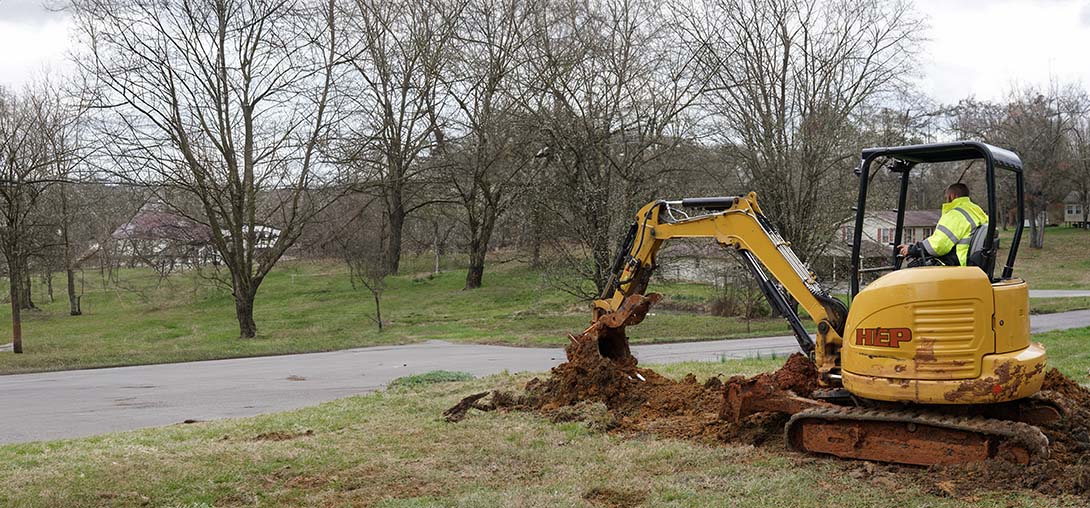

Persistent Clogs
Your trusted partner for professional home services. Quality workmanship, guaranteed satisfaction.




- HEP
- Persistent Clogs
Persistent Clogs | Main Line Issues | Plumbing | Crossville
From sudden gurgles in the drain to water backing up across multiple fixtures, persistent clogs can bring daily life in Crossville to a standstill. HEP’s seasoned plumbers track these problems to their source—often deep in the main sewer line—and arrive with the jetting equipment, camera scopes, and trench-free repair options needed to clear the toughest blockages fast. We explain every step, protect your property like it’s our own, and leave you with a smoothly flowing system and zero mess.
Whether tree roots have invaded your pipes or years of buildup are narrowing the passage, our team knows how to diagnose and resolve main line issues before they turn into costly emergencies. With 24/7 availability and honest, upfront pricing, HEP is the local name Crossville homeowners trust to keep water moving and worries gone.
FAQs
What are the warning signs that my main sewer line is clogged?
The most common red flags are multiple fixtures backing up at the same time—such as toilets gurgling when you run the washer, or tub drains that fill when you flush a toilet. You may also notice sewer odors coming from floor drains, water pooling around the basement clean-out, slow drains throughout the house, or a lush, soggy patch of grass over the line in your yard. If you experience two or more of these symptoms in your Crossville home, the problem is probably in the main line, not an individual branch pipe.
What typically causes persistent main line clogs in Crossville?
In our area, the three biggest culprits are tree-root intrusion, grease buildup, and pipe deterioration. Mature hardwoods common in Crossville aggressively seek moisture and can penetrate older clay or Orangeburg sewer pipes. Cooking grease that is rinsed down the kitchen sink cools and hardens inside the line, restricting flow. Finally, aging pipes can crack, collapse, or collect mineral scale from the city’s moderately hard water, creating hang-ups for debris and wipes. Heavy spring rains can also overload partially blocked lines, making an existing clog suddenly obvious.
How will your plumber confirm where and what the blockage is?
After an initial auger or hydro-jet attempt to restore flow, we slide a high-resolution sewer camera through the clean-out to inspect the line from the inside. The live video shows roots, grease, breaks, and pipe material changes in real time. A built-in sonde allows us to locate the exact depth and position of the problem from the surface, so we know whether a trenchless repair, spot excavation, or full replacement is best. This non-invasive diagnosis prevents guesswork and saves you money.
What repair options do you offer for stubborn or recurring main line clogs?
Depending on what we find, solutions range from heavy-duty hydro-jetting (4,000 psi water scouring) and mechanical root cutting to CIPP trenchless pipe lining that creates a new, joint-free pipe inside the old one. For collapsed or severely offset sections, we can excavate just the damaged segment and replace it with schedule-40 PVC. In rare cases where the entire line has failed, we handle full replacements, including permits and post-work inspections required by the City of Crossville.
How much should I budget for main line clearing or repair?
A straightforward main-line snaking in Crossville typically runs $175–$300, while hydro-jetting with a camera inspection averages $450–$750. Spot repairs that require digging start around $1,200, and full trenchless relining is usually $80–$120 per foot, depending on pipe diameter and access. Every home is different, so we provide a free on-site estimate before any work begins, and we always discuss multiple price options when they are available.
What can I do to prevent future sewer line clogs?
1) Keep fats, oils, and grease out of your drains—wipe pans with a paper towel before washing. 2) Never flush wipes, feminine products, or paper towels, even if they say “flushable.” 3) Schedule an annual or biennial hydro-jetting service to remove early root growth and grease film. 4) Use a foaming root inhibitor once or twice a year if you have large trees near the line. 5) Install mesh strainers on tubs and showers to catch hair. 6) If your water is very hard, consider a softener to cut mineral buildup. Preventive maintenance is far cheaper than an emergency excavation.